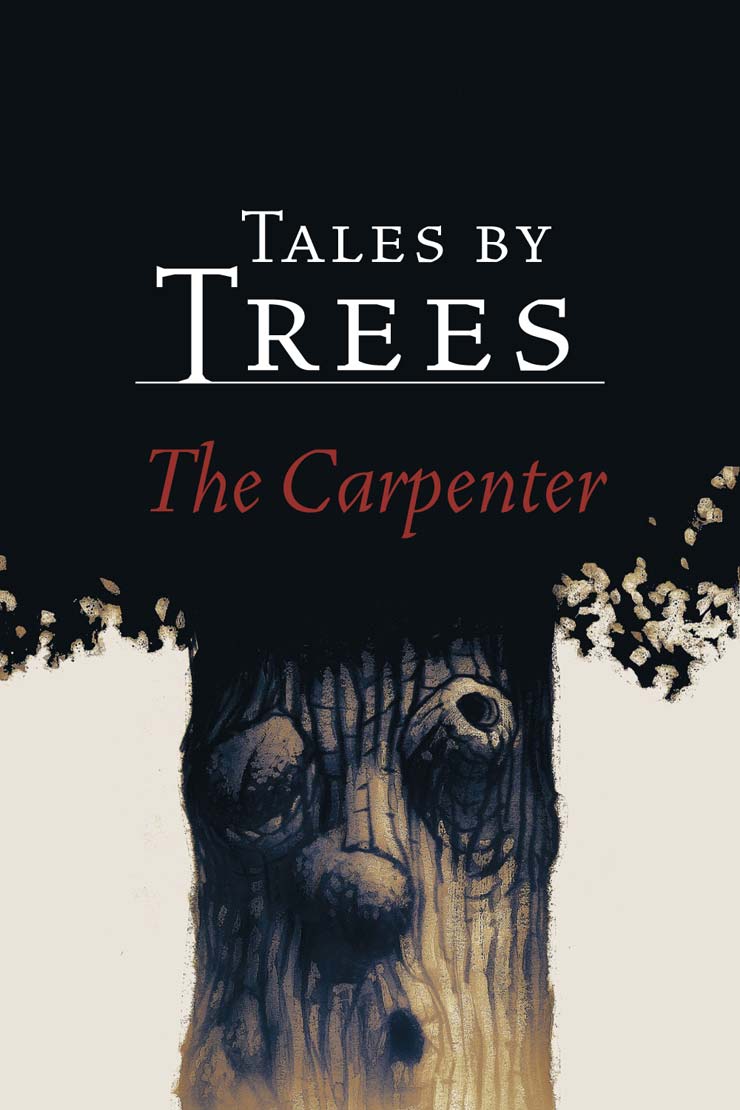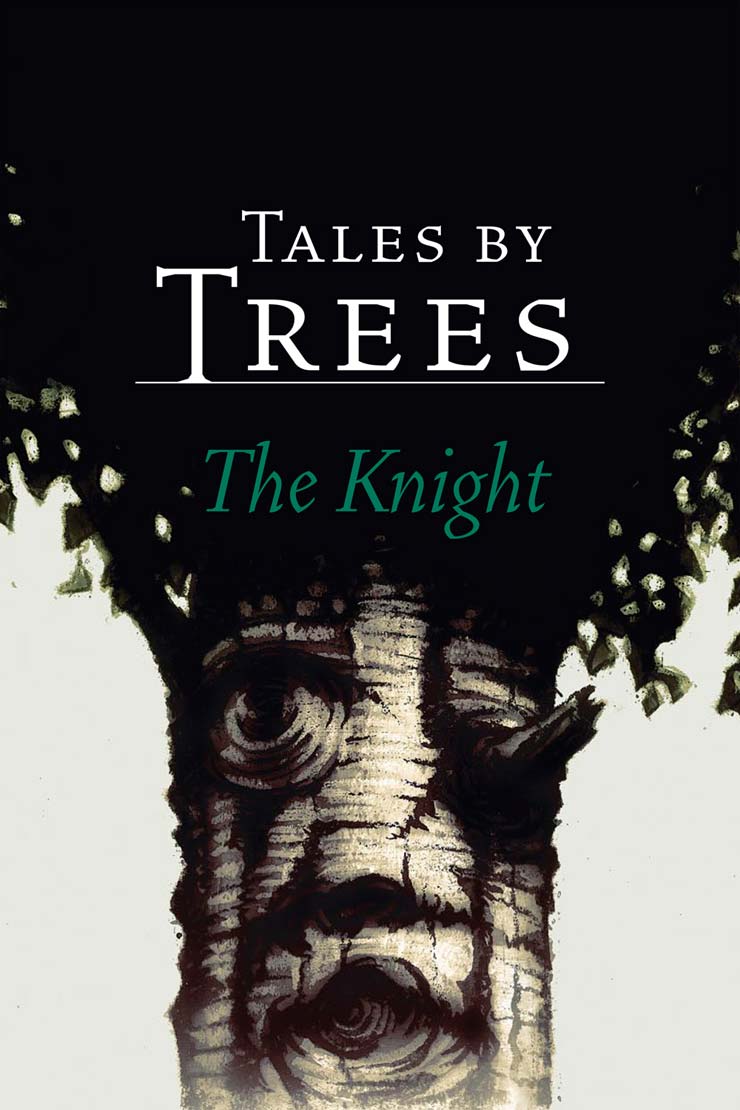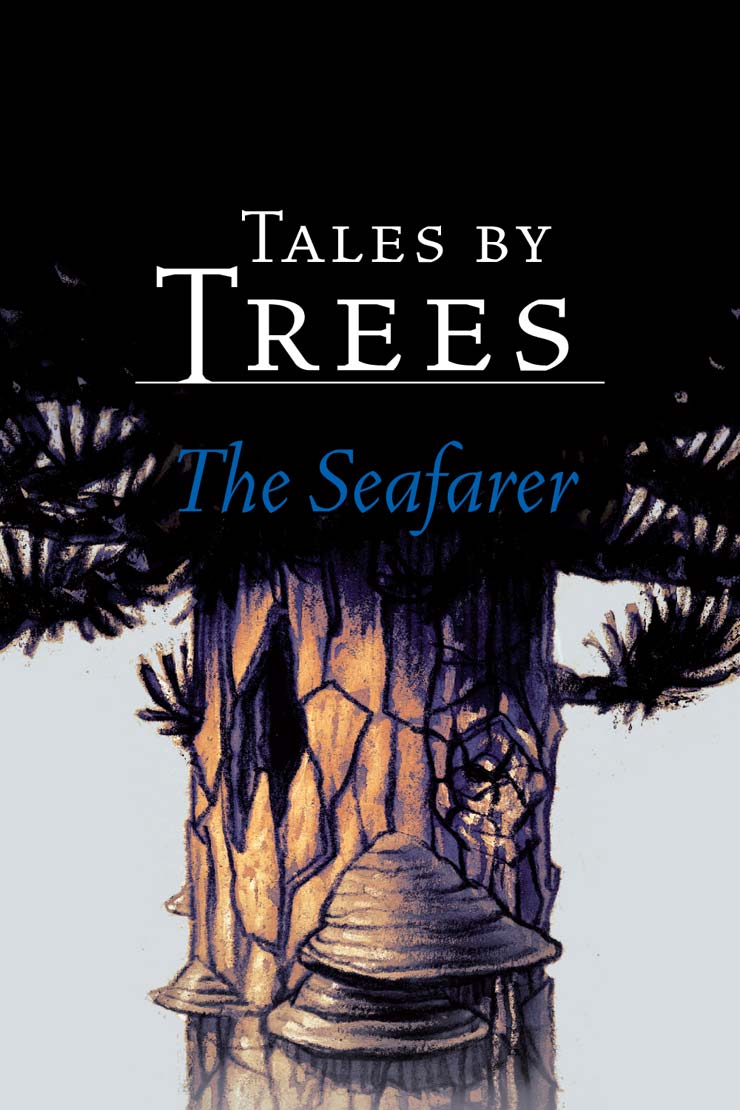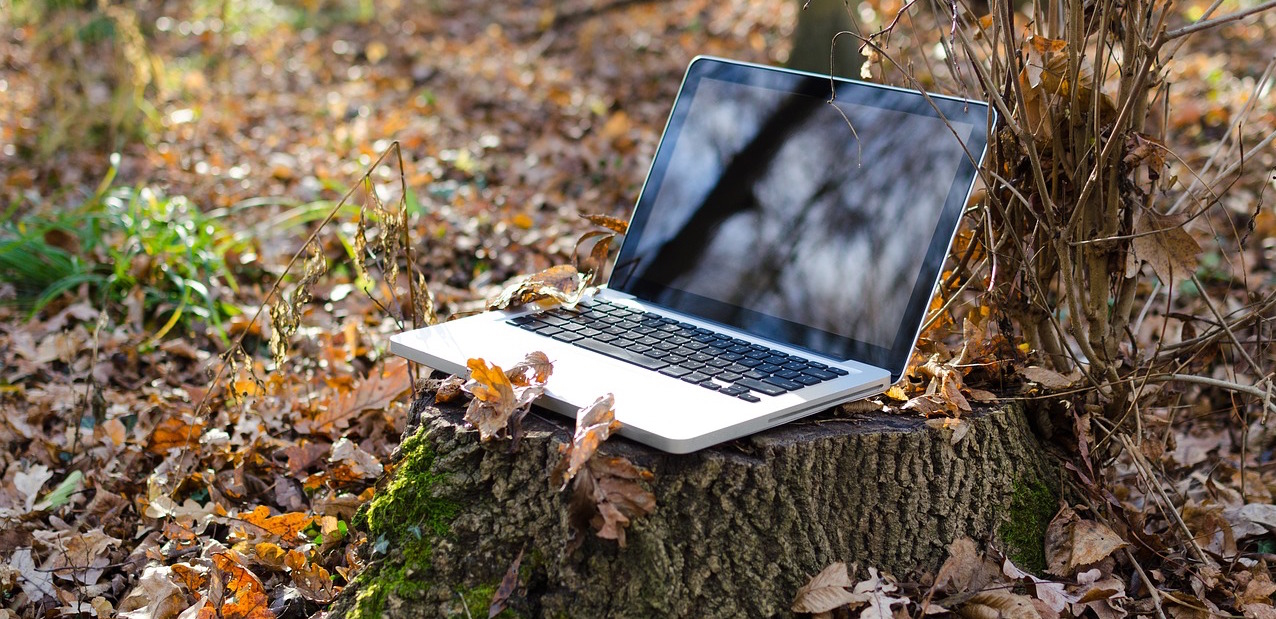
5 Forest Based Inventions That Could Change The World
Microchips made out of wood. Nanocellulose film used in medical testing. Biofuels made from sawdust. Could our future be wood based? It certainly is a possibility! Find the latest and most fascinating green technologies and wood-based products being created at the Forest Bioeconomy Future Catalogue.
The Finnish Forest Association has created this searchable online index for sustainable products and services that use trees and forest materials. These aren’t just your average “eco-friendly” products made of plants. Most entries are cutting edge sustainable innovations in commerce, medicine, and even electronics, and all using biodegradable, natural materials. The catalogue calls them products and services of “forest bioeconomy,” reflecting an economic structure that nicely coexists with nature instead of destroying it.
5 Amazing Recent & Renewable Inventions
The catalogue is a fascinating collection of traditional and brand new ways to use the forest in our industries. You can search by keyword, but it is also organized into 6 general categories: Energy, Materials, Products, Services, Technologies, and Other.
Here are just five of their entries which we found particularly exciting, most of them originating from Finland:
1. Wood-Based Microchip
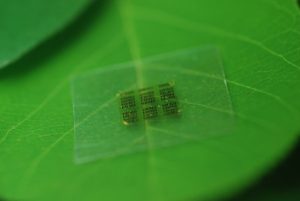
Scientists at the University of Wisconsin-Madison and the U.S. Department of Agriculture Forest Products Laboratory (FPL) have developed a semi-conductor microchip that uses wood as the support layer (the layer that makes up most of the microchip’s strength). Usually microchips are made with non-biodegradable, often toxic materials, but these wood-based chips use a wood-derived material called cellulose nanofibril, which is completely biodegradable and renewable.
2. Nanocellulose Film to Use in Medical Testing
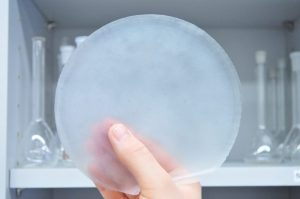
Polymers and plastic films are often used for laboratory testing, where samples to be tested are placed on the film for analysis. However, researchers at Aalto University, Finland, have created a nanofibrillar cellulose film that is not only much more environmentally friendly, but can be customized for a diversity of uses and tests. Nanofibrillar cellulose film can can be made water-resistant or waterproof and its electric charge can be changed. The platform is also coated with antibodies. When the test sample is applied or dripped on the film, this coating will react to the by changing color or some other indication. This makes it easier to use outside of the laboratory.
3. Sulapec’s Wood Composite Cosmetic Packaging
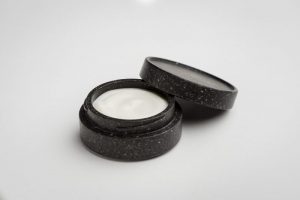
Finnish company, Sulapec, has developed a composite material made from wood chips and biodegradable adhesives which they manufacture into cosmetic containers. The idea came about when two biochemists, Suvi Haimi and Laura Kyllönen, started wondering why not a single one of the dozens of hair and skin care products in their bathrooms came in an environmentally sound container. Sulapec’s solutions are biodegradable, similar in feel and quality to plastic containers, can be molded into almost any form, in any color and a variety of textures, and can even compete with the cheapness of plastics when produced in sufficiently large quantities.
4. Ethanol From Sawdust

Will our cars be forest powered? As of 2016, the Cellunolix Factory in northeastern Finland uses sawdust from a nearby sawmill to make wood-based ethanol. The process starts with the separation of the lignin, an organic polymer found in plants, from the cellulose in the sawdust. After the cellulose sugars are released, they are fermented with yeast, and finally distilled into 90-percent ethanol. This can be added to conventional petrol. It is the first industrial scale production of its kind in the world. The current production capacity of the mill is ten million liters of ethanol per year.
5. Tetra Pak Releases Fully Renewable Food Cartons
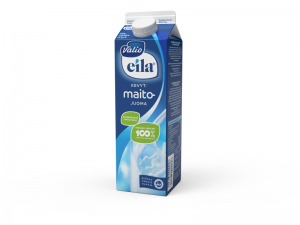
The Tetra-Rex Biobased was launched in 2015 as the first carton packaging to be made from 100% renewable materials. It looks like your typical milk carton, with plastic cap, etc. However, it is made from plant-based plastics, which are created from polymers derived from sugarcane ethanol, and the Forest Stewardship Council certified paperboard, which is made from wood fiber. All materials are fully traceable to their renewable sources. Once used, it can be rinsed, squashed and deposited in a carton recycling container. At this time, these renewable carton packages are used only for some cartons of Valio Luomu milk and sour milk packages in Finland. However, Valio eventually wants to use 100% renewable packing across its entire product line. Bravo!
These are just a few tastes of the exciting inventions to be found in the Forest Bioeconomy Future Catalogue. New ideas and products will be added on an ongoing basis, and it will be inspiring watching it grow.
About the Finnish Forest Association
The catalogue is the project of the Finnish Forest Association, which was established in 1877 in response to the poor condition of the nation’s forests at the time. They, and others like them, did their job very well because, today, Finland is renowned for its beautiful and thriving forests and the sustainable logging practices of its economy. Since its creation, the Finnish Forest Association has worked for an open communication about both the industrial possibilities of forests and trees for a developing society and sustainable and responsible use of those forest resources. This invitation for communication is directed far beyond the borders of Finland, to anyone or any nation examining ideas for prosperous living within a healthy, natural environment.
Can “Forest Bioeconomies” Really Work?

As we can see from the 5 sustainable wood-based inventions above, there is little need to point out what trees may offer the economy. As a building material, wood is versatile, strong, flexible, beautiful, and still used for all kinds of projects. Of course, trees are only part of a forest. The other plants, grasses, reeds, etc. that spring up from the dirt offer innumerable possibilities for human use. And the industrial value of trees is not only in the material, but also in its sustainability. Trees are one of the few resources that can be readily renewed, a feature that is convenient for maintaining supply as well as making them a natural choice for sustainable manufacturing.
The latter point touches on the other main virtue of a sustainable bioeconomy, and that is the preservation of our environment is fully integrated into the economic structure. Clearly, the forest holds a very deep importance for the Finnish people and their economy reflects this. A forest bioeconomy is essentially a workable way to create an ecosystem that will hold both industrious humans and Earth’s rich forests—which is, of course, exactly what we all need. The Forest Bioeconomy Future Catalogue serves as an inspiring resource for a sustainable, green world.

